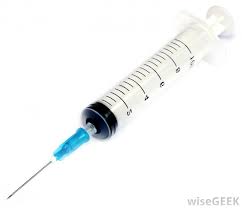How to Cure Diabetes
In an era where every symptom becomes a deficiency of the latest drug, it makes the word “cure” sound as though it borders on quackery. But nothing could be further from the truth. For example, the leading diabetes prescription medications have quadrupled the heart attack rate, increased bladder cancers and depleted vitamin B12 which leads […]
Leaky Gut & Diabetes by Terry Ryan

Nearly 26 million Americans have either Type I or Type II diabetes at a cost of more the $245 billion annually. The American Diabetes Association estimates that by 2050, as many as 1 in 3 American adults will have diabetes. While the majority of diabetes research, publicity, and health care dollars focus on Type 2 diabetes and […]
What the Heck is Diabetes?

What the heck is diabetes? Yes, I’m sure you have heard of it…and that it’s increasing. My endocrinologist’s office is filled with patients with Type 1 and 2 diabetes making it difficult for us thyroid sufferer to make an appointment. Okay, that’s only slightly true but according to JAMA over 44 million now considered obese […]